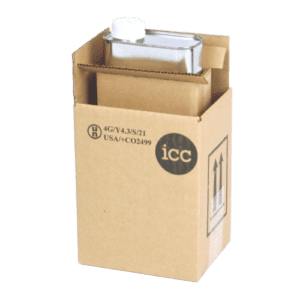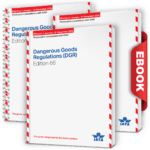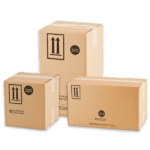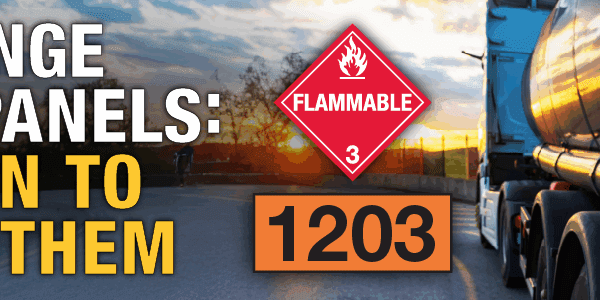
UN Packaging Orientation
The orientation used for UN Packaging is a crucial factor in meeting both international and domestic regulations for the safe transport of dangerous goods. The various dangerous goods regulations have specific guidelines that dictate how packaging should be oriented to prevent accidents and ensure the integrity of the contents during transit.
The primary focus of packaging orientation is to clearly indicate how containers should be positioned. This includes markings such as the orientation label, which help maintain the correct alignment and stability of packages as mentioned in my previous article.
Proper orientation can significantly reduce the risk of spills or leaks, particularly for substances that are sensitive to pressure changes or physical disturbances, but it is also a requirement per the various regulations.
United States
In the United States in the 49CFR per 49CFR 172.312 (a), it says that liquid hazardous materials in non-bulk combination packaging must be packed with closures upward and must be legibly marked with package orientation markings. For example, in the packaging below, the gallon plastic bottle is placed inside the UN box right side up with the cap facing the top of the box.

There are some exceptions such as a non-bulk package with cylinders as inner packaging, packaging containing flammable liquids in inner packaging of 1 L or less prepared in accordance with § 173.150 (b) or (c) if it is not going by aircraft, liquids contained in manufactured articles (e.g., alcohol or mercury in thermometers) which are leak-tight in all orientations, non-bulk packages with hermetically sealed inner packaging not exceeding 500 mL each, packages containing liquid infectious substances in primary receptacles not exceeding 50 mL (1.7 oz.), and Class 7 radioactive material in Type A, IP-2, IP-3, Type B(U), or Type B(M) packages.
Internationally
If you are shipping by air, per IATA 5.0.2.13.3.1, combination packaging containing liquid dangerous goods must be packed so that the closures on the inner packaging are upward, and the upright position of the package must be indicated on it by the package orientation label. In the example below, the cap closure is facing upward, and the orientation labels indicate the direction the packaging should be facing.

Much like in the 49 CFR, there are also exceptions in the IATA. These exceptions include dangerous goods in inner packaging each containing 120 mL or less with sufficient absorbent material between the inner and outer packaging to completely absorb the liquid contents, dangerous goods in gas tight inner packaging such as tubes, bags or vials which are opened by breaking or puncturing 500 ml or less, infectious substances in primary receptacles not exceeding 50 mL, and radioactive material. If you are shipping by sea, the IMDG code has a similar exemption at 5.2.1.7.2 that mentions similar circumstances where it says orientation arrows would not be a requirement.
Do you have questions about UN Packaging? Take a look at our UN Packaging FAQ or contact our team of experts at 855.734.5469 or send us an email, we’re happy to help.
Stay up to date and sign up for our newsletter!
We have all the products, services and training you need to ensure your staff is properly trained and informed.
 UN Plastic Shipping Kit |
 IATA DG Regulations |
 4GV UN Variation |






 ICC USA
ICC USA ICC Canada
ICC Canada